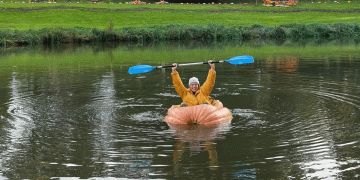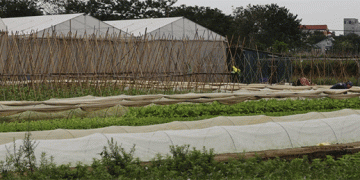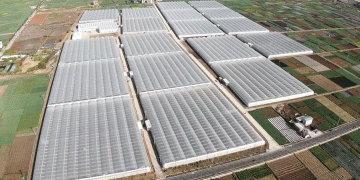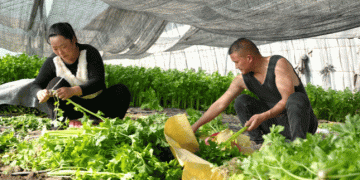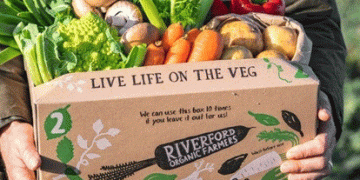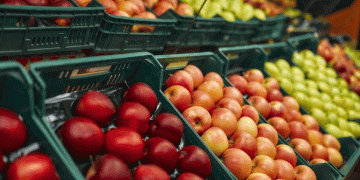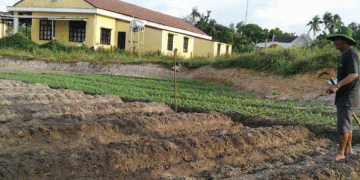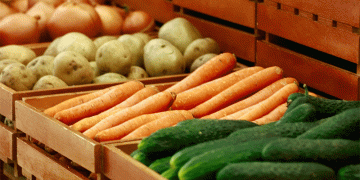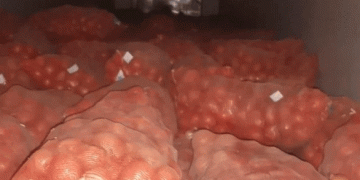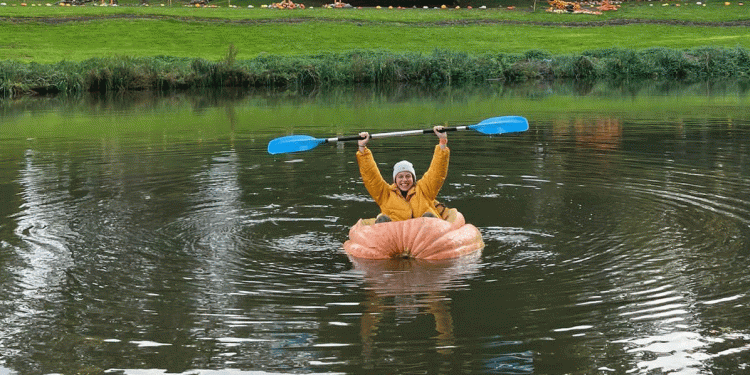Just 20 minutes from the center of Brussels, the historic Grand-Bigard Castle Park is transformed each autumn into “Pumpkimania,” a festival that celebrates cucurbits in all their forms. Far more than a simple farmers’ market, this event is a masterclass in creating a comprehensive agri-tourism experience that merges entertainment, education, and culinary innovation. For farmers, agronomists, and farm owners, Pumpkimania provides a powerful template for capturing value by turning a seasonal crop into a must-visit urban-adjacent destination.
The festival’s success is built on a strategy of diversified experiential offerings that appeal to a broad urban demographic. The most notable is the pumpkin regatta, where visitors paddle in hollowed-out giant pumpkins. This unique, “Instagrammable” activity generates significant word-of-mouth marketing and positions the festival as an unmissable event. Complementing this are hands-on workshops for pumpkin carving and sculpting. This focus on interactive experiences is critical. According to a 2023 report by the European Tourism Association, modern travelers, especially families and millennials, prioritize unique, participatory activities over passive observation, and are willing to pay a premium for them.
A core pillar of the Pumpkimania model is its deep integration of gastronomy. The festival moves beyond simple roasted pumpkin to offer a specialized menu including pumpkin falafel, “Pumpkipanini,” and spiced pumpkin soup. This culinary focus accomplishes two things: it significantly increases the per-visitor spend on-site, and it educates consumers on the versatility of the crop, thereby stimulating demand for diverse pumpkin varieties long after the festival ends. This aligns with data from the International Food Information Council, which found that 60% of consumers enjoy trying new foods, and unique culinary experiences are a major driver for event attendance.
Furthermore, the festival ensures repeat visitation through an annual thematic refresh. The 2025 theme of “Ancient Rome,” featuring sculptures and displays crafted from pumpkins, provides a new reason for previous attendees to return. This strategy of constant renewal, combined with a direct sales area for diverse cucurbit varieties, keeps the festival relevant and drives consistent annual revenue.
The Pumpkimania festival offers a clear roadmap for agricultural enterprises looking to leverage agri-tourism. It demonstrates that profitability in the 21st century requires moving beyond production alone. The key strategic takeaways are:
- Prioritize Unique Experiences: Develop signature, interactive activities that cannot be found elsewhere to generate buzz and justify a premium entry fee.
- Integrate Food and Beverage Deeply: Transform the crop into a range of innovative, high-quality food items to boost on-site revenue and educate the consumer palate.
- Ensure Repeatability: Regularly refresh the event’s theme and artistic displays to encourage repeat business and build a loyal customer base.
By adopting this integrated approach, farms and agricultural organizations can effectively tap into the urban tourism market, creating a resilient and highly profitable business model that celebrates the full potential of their harvest.
